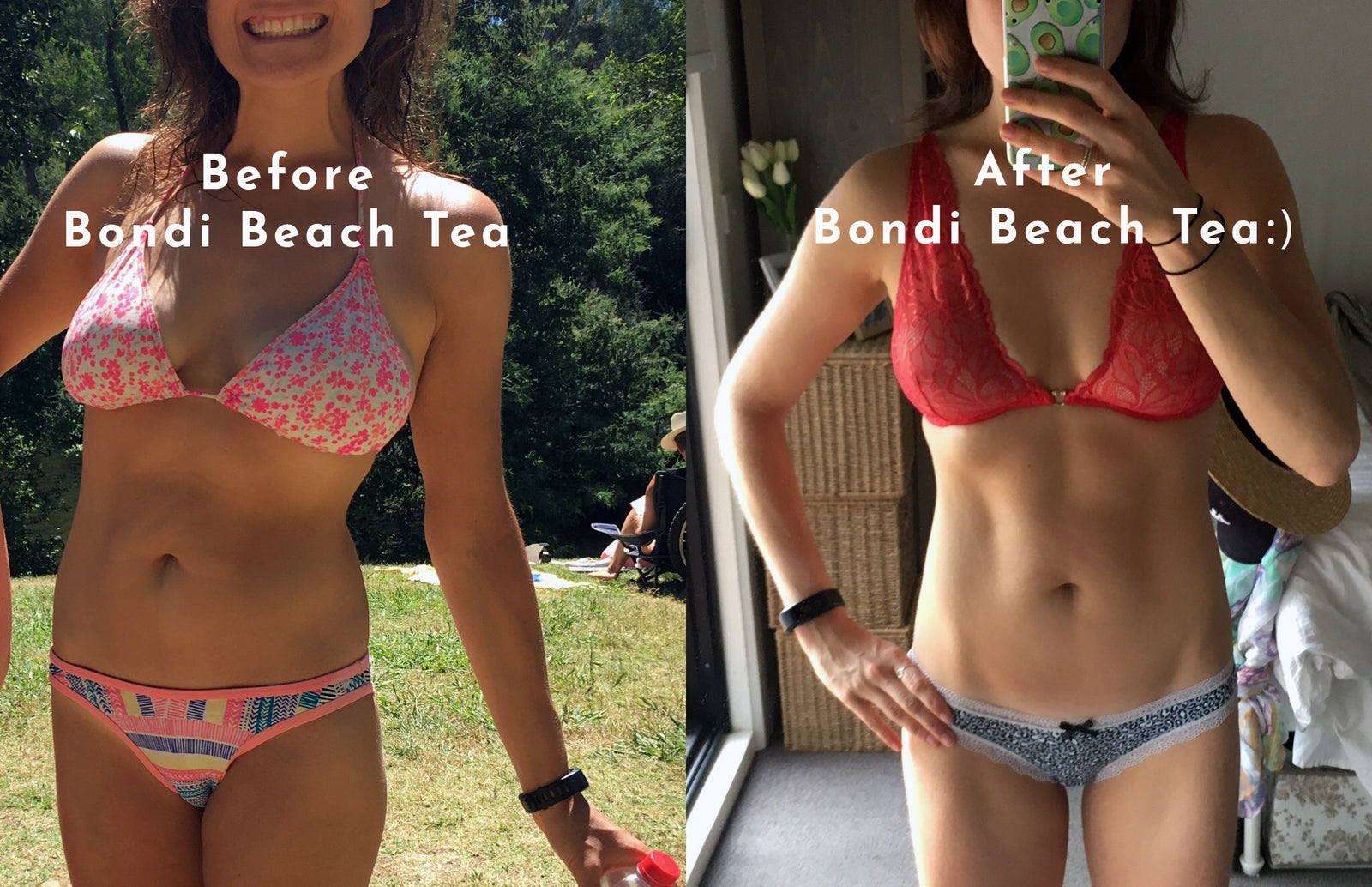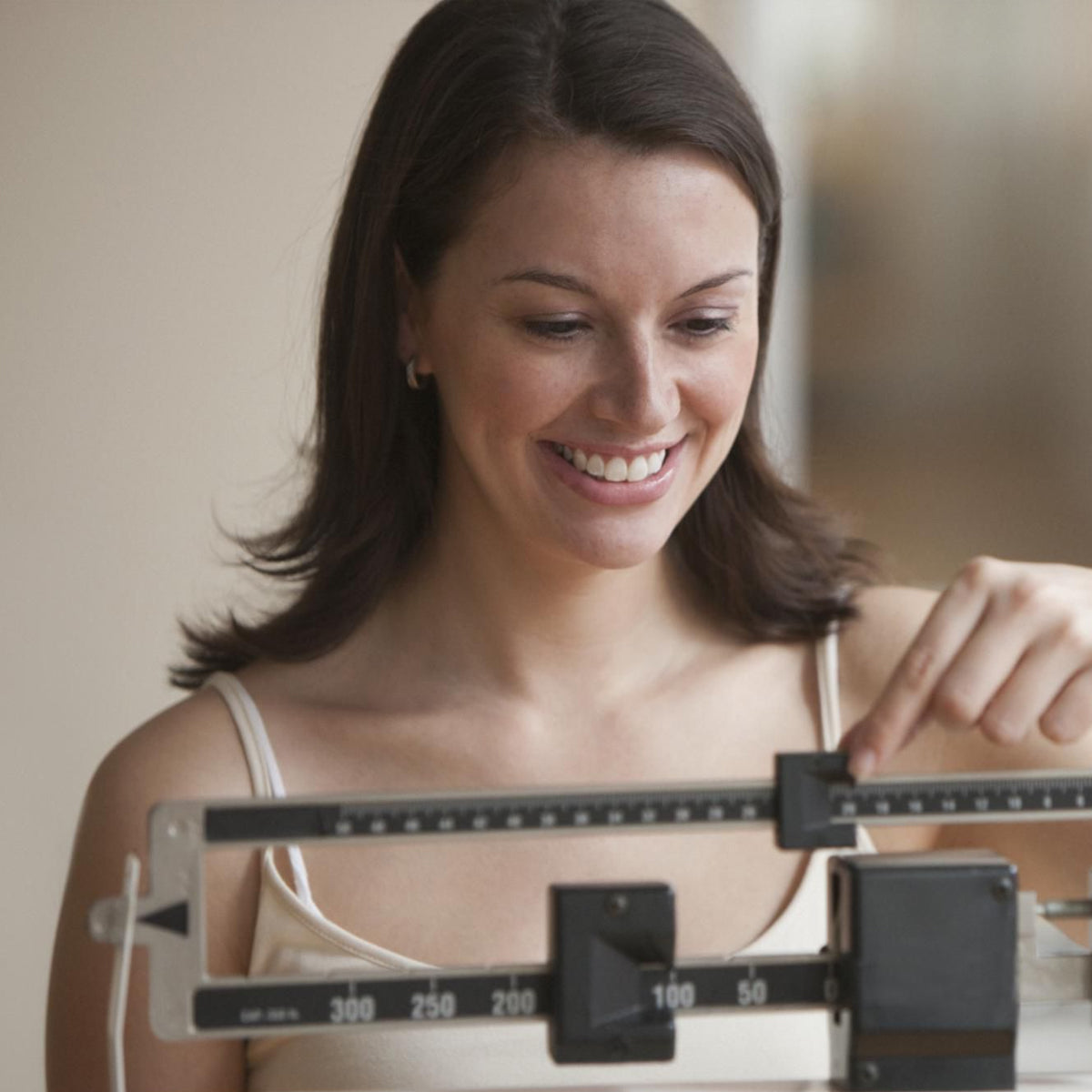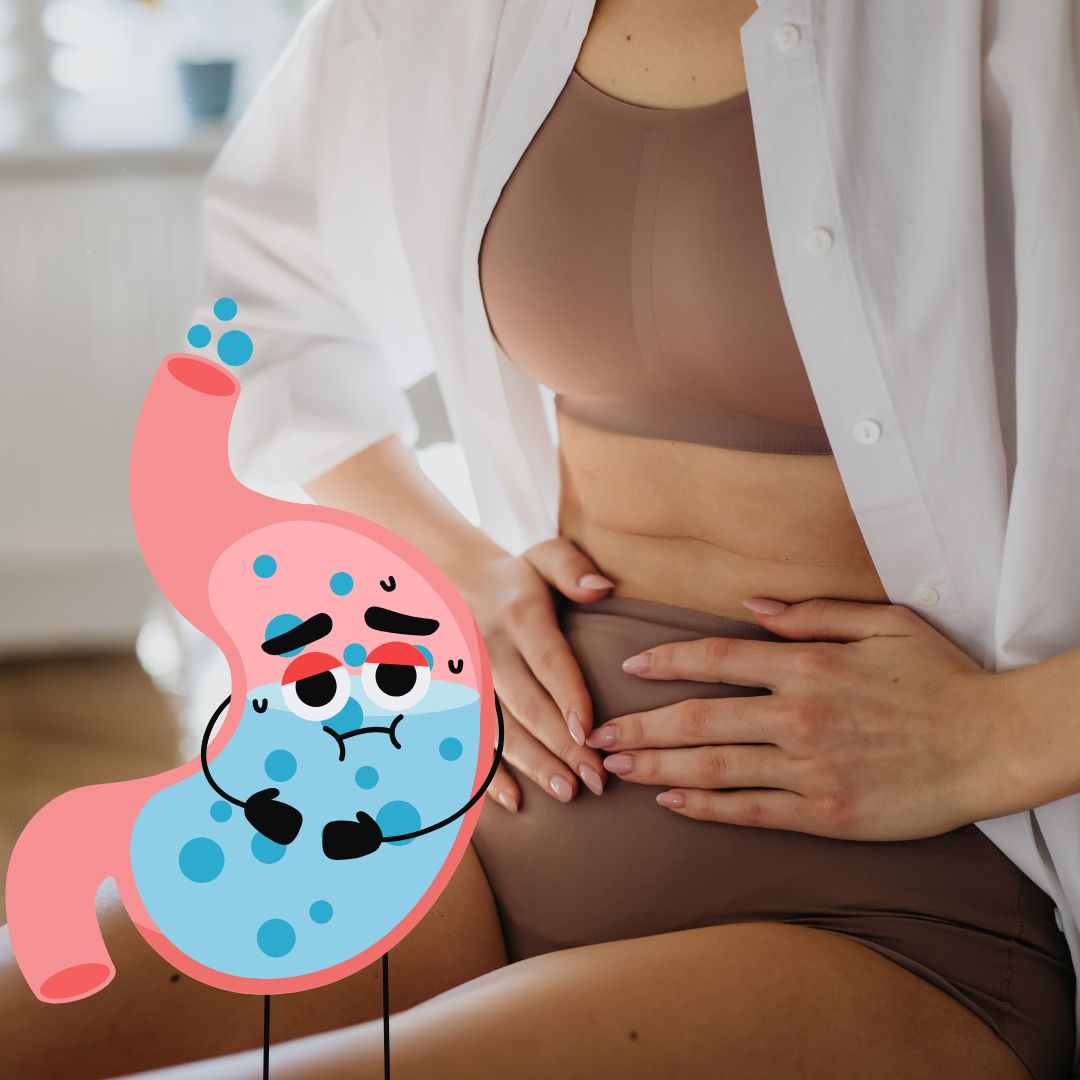Your Cart is Empty
I purchased the 2 pack to share with a friend because I loved how these teas made me feel the first time i tried them... although I haven't lost as much weight as I would like to... I have more energy and less bloating, fluid retention and stomach pain... I feel so much better all round and always look forward to drinking these teas daily. Thank you ♡
Great idea!, so easy to make, pop in and walla!, Done, good quality, pleasant tasting, however, it is a bit pricey, as there is only 24 in a bag, so it would be nice to have powder, for to make your own, especially if you’re having 2/3 cups a day and a pensioner
We found this Matcha product to be of excellent quality but the only point holding it back is the price remains rather high.






